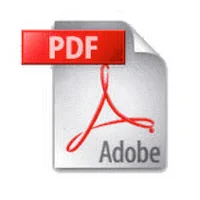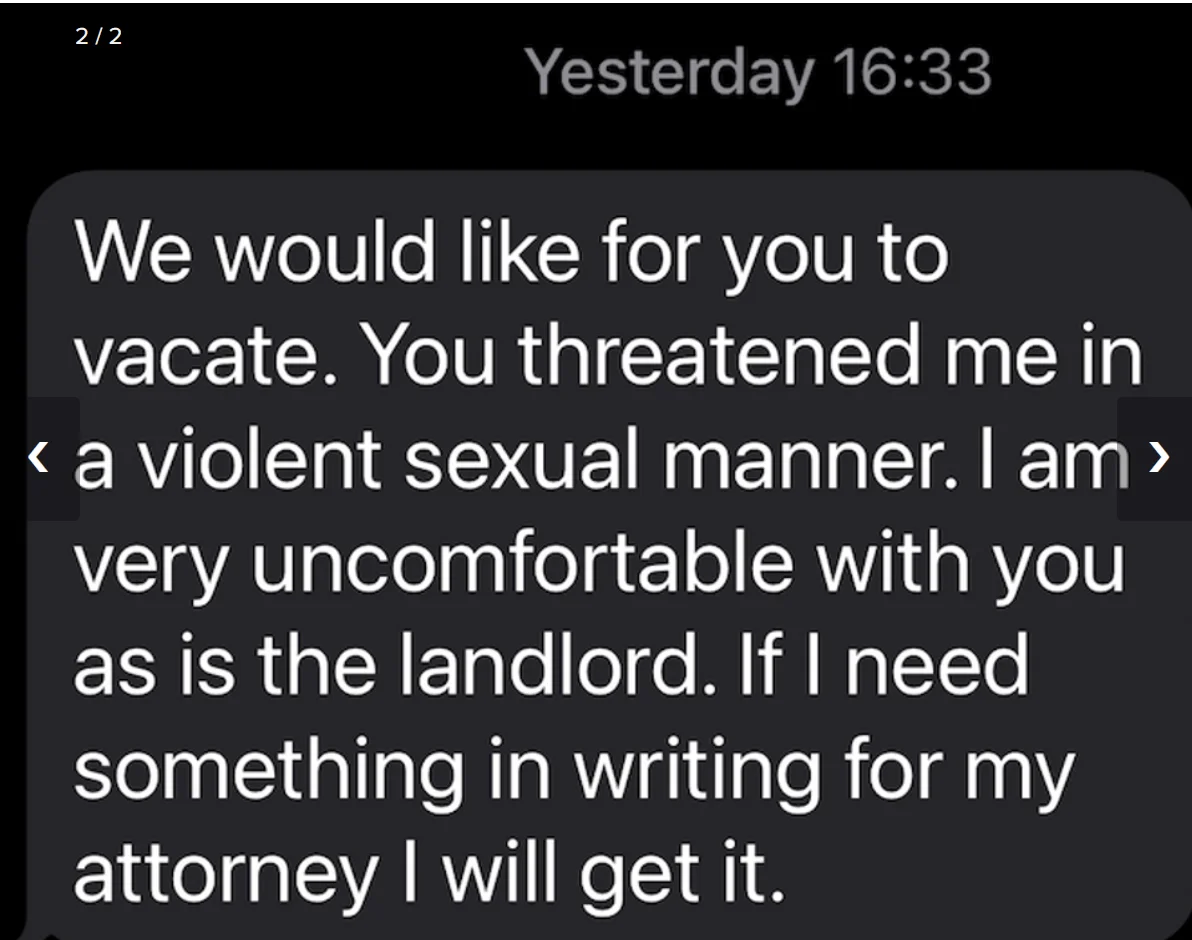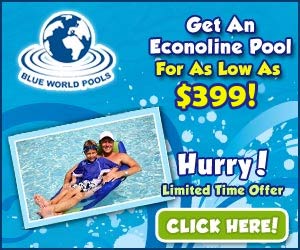- Report: #1395130
Complaint Review: Merkle & Sears - Internet
Merkle & Sears Sold us a market research report on Corrosion Inhibitors plagiarising word for word the written work of other companies. Internet
Merkle & Sears, projecting themselves as a high quality provider of market research reports on a number of industry segments, approached us unsolicited via email promoting a global study on Corrosion Inhibitors for $1650. After informing them that our interest only pertains to the North American market, they offered a trimmed down version of the global report to focus in on the North American market for $750. After seeing a brief preview of the report, we agreed to pay the $750.
After the payment was processed we received the 180 page report. Upon an initial review it was apparent that significant amounts of the content was disjointed and bounced around and did not follow a professional format with continuity of analysis and presentation.
We pulled out small excerpts and searched the internet for matches and found that the majority of the writings in the Merkle and Sears report were nothing more that copied and pasted writings from publicly available literature, advertisements, announcements, articles, publications, and competing market research reports. There was minimal original work and nothing that reflected any level of market expertise possessed by Merkel and Sears.
After being hounded by several emails from James Downing of Merkle and Sears ([email protected]) beginning on 8/1/17 up until the point of purchase on 8/21/17, we requested an immediate refund on 8/22/17 of the $750 since the report was the plagairized works of others and potentially full of violations of US Copyright Law. There has been NO response from Merkle and Sears and I don't expect they will respond as they have our money and are gone with the wind.
Examples of plagairism are as follows:
PAGE 20: Copied from gewater.com/products/water-corrosion-inhibitor
Having the right treatment program in place is critical for preventing corrosion damage. GE's corrosion treatment chemicals include a full portfolio of neutralizers, filmers and non-nitrogen based corrosion inhibitors. These help prevent costly damage due to galvanic or two-metal corrosion, under deposit corrosion, pitting, intergranular corrosion and stress corrosion. In addition, for crude unit overhead systems, GE employs a LoSALT ionic equilibrium model to measure salt-induced corrosion potential and a TrueSense COMS unit to continuously measure that system and control the chemical treatment program. Both systems utilize GE’s InSight platform to monitor and improve the performance of and communication around the overhead system
PAGE 22: Copied from ArrMaz announcement FROM 2006…. arrmaz.com/2006/02/15/arrmaz-chemtech-chemical-services-join-forces-corrosion-inhibitors/
ArrMaz announces the signing of a joint marketing agreement with Chemtech Chemical Services for worldwide marketing of corrosion inhibitors for Urea-Ammonium Nitrate (UAN) solutions. In the agreement, ArrMaz will market Chemtech’s patented corrosion inhibitors outside Chemtech’s core North American market, where Chemtech has been very successful. Chemtech will also market ArrMaz’s corrosion inhibitors in North America. Chemtech’s UAN corrosion inhibitor products have a complementary fit with our existing corrosion inhibitors, broadening our product offerings in this market with new, unique technology. ArrMaz’s strength in international sales of specialty chemicals in the fertilizer market will allow us to focus on North America and also on new product development. U.S. corrosion inhibitors market share is predicted to grow more than 4.1% during forecast timeline. Metal applications, cement & concrete applications and industrial coatings uses are predicted to be key drivers of the industry growth in the region in future.
PAGE 30 copied from this paper: academia.edu/2537726/Mathematical_modeling_an_Application_to_corrosion_in_a_petroleum_industry
Corrosion in the modern society is one of the outstanding challenging problems in the industry. Most industrial designs can never be made without taking into consideration the effect of corrosion on the life span of the equipment. Recent industrial catastrophes have it that many industries have lost several billions of dollars as a result of corrosion. The some oil companies had their pipeline ruptured due to corrosion and that oil spillages are experienced which no doubt created environmental pollution, in addition, resources are lost in cleaning up this environmental mess, and finally, large-scale ecological damage resulted from corrosion effects.
PAGE 41 copied from this link: smt.sandvik.com/en/materials-center/corrosion/wet-corrosion/general-corrosion/
Uniform corrosion, also known as general corrosion, is the uniform loss of metal over an entire surface. However, it is not regarded as the most serious form of corrosion of stainless steel because it is relatively easy to predict. This type of corrosion is perhaps the most well known corrosion type in existence.
Uniform corrosion is characterized and expressed as a mass loss per unit area and unit of time, e.g. mm/year. If the corrosion rate is less than 0.1 mm/year the stainless steel is normally considered to be resistant.
•Problems with uniform corrosion on stainless steel are most likely to occur with exposure to strong acid and hot alkaline environments. Generally, inorganic acids are more aggressive than organic, with hydrochloric acid being one of the worst.
•Uniform corrosion or general corrosion, as sometimes called, is defined as a type of corrosion attack (deterioration) that is more or less uniformly distributed over the entire exposed surface of a metal. Uniform corrosion also refers to the corrosion that proceeds at approximately the same rate over the exposed metal surface. Cast irons and steels corrode uniformly when exposed to open atmospheres, soils and natural waters, leading to the rusty appearance.
•General attack corrosion proceeds more or less uniformly over an exposed surface without appreciable localization. This leads to relatively uniform thinning on sheet and plate materials and general thinning on one side or the other (or both) for pipe and tubing. It is recognized by a roughening of the surface and usually by the presence of corrosion products. The mechanism of the attack typically is an electrochemical process that takes place at the surface of the material. Differences in composition or orientation between small areas on the metal surface create anodes and cathodes that facilitate the corrosion process.
PAGE 48: copied from this link corrosionclinic.com/types_of_corrosion/liquid%20metal%20embrittlement_LME.htm
Liquid Metal Embrittlement (LME) refers to environmental cracking caused by contact with a liquid metal. It is also known or as Liquid Metal Cracking (LMC). There is a specific combination of liquid metals and stressed metals or alloys that can lead to catastrophic intergranular cracking. For example, carbon steels and stainless steels are susceptible to liquid metal embrittlement by zinc and lithium; aluminum and aluminum alloys are susceptible to liquid metal embrittlement by mercury and zinc; copper and copper alloys are susceptible to liquid metal cracking by mercury and lithium. Cracking is frequently observed to be a single intergranular crack that propagates rapidly, at a rate of 25 cm/s. Mercury-containing items are prohibited by all airlines as they pose a real risk to the structural integrity of the aircraft which is made of aluminum alloys. Zinc from galvanized steel parts or zinc-rich paints is frequently found to be responsible for the cracking of welded steel components in various industries.























